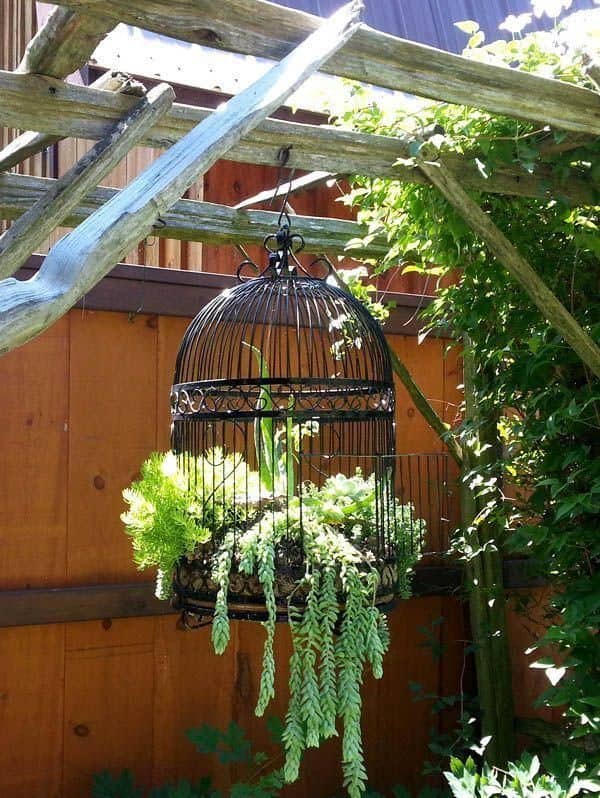Table of Content
The first thing you should do is run the oysters under cold water and prize apart their shells slightly. This can cut off the oysters’ oxygen supply which can cause them to suffocate, meaning they will go bad much sooner and won’t be safe to consume. Never allow them to become submerged in freshwater for any period of time, however, and make sure to change the ice regularly every couple of hours to prevent excessive pooling water. Shellfish is always at its best when it’s freshest, so it’s best to consume these types of seafood immediately when you can. This is because oysters don’t breathe after leaving the water, which is also why you should avoid submerging them in water again once they’re out of it.

On a flat or even grated surface, the oysters would most likely tip over and spill its juices. I suppose you could always make a ghetto rack out of aluminum foil, but who really has the time? I learned how to shuck oysters from Chef Laurence Edelman fromLeft Bankand have been passing down that knowledge to anyone who asks. I even taught my dad how to open them, and being the skillful engineer that he is, he immediately got the hang of it. My mom hanged back and just enjoyed the fruits of our labor. Have a small bowl of water or clean towel on hand to wipe off mud or shell bits.
How To Enjoy Oysters At Home (2020 Update)
Place your oysters on top of the ice bed deep side down. Just like seafood merchants, you’ll be storing your oysters on ice to keep them as chilled and fresh as possible. Make sure to turn each of your oysters so that the deeper side faces down, a technique that will help them better retain their juices.
Grab a bowl, small cooler, or similar container that you can place inside your fridge. Make sure this container has an open top or removable lid. Then, pour a layer of ice into the bottom of the container. In case you get your oyster order delivered, open the box and check whether there are any broken or opened shells. Oysters are increasingly available online directly from farmers, and they tolerate shipping exceptionally well because they can survive out of water for days as long as they’re kept fridge-cold. I was immediately won over, and I have downed at least 1,000 oysters since then—not only in bars and restaurants but also at home with friends, which has become one of my favorite ways to entertain.
Storing oysters
Below is a brief guide on how long you can keep the oysters based on the type of the oysters. With an oyster knife, a dish towel, and some practice, you’ll be able to shuck safely and confidently. Some people also like to put them in the fridge, but I usually keep them in the same container I bring them home in since I eat them the same day. The number one important thing is to not keep them submerged in any freshwater or water in general because they’re from saltwater areas–being submerged in freshwater can kill them. We all love to order raw oysters when we dine out, but have you ever considered bringing the half shell experience back home?
Many oysters are farmed and refrigerated/frozen until served. Farmed oysters are actually preferred for their positive environmental effects in the water. Canned oysters, which are either plain or smoked, have been removed from their shells.
How to Choose Oysters and Keep Them Fresh
Transfer the second round of shucked oysters from the sheet tray to the bowl of crushed ice. Flash back again to my experience with Oyster Mondays. Along with cleaning and shucking eight hundred oysters each week, I was responsible for preparing three different mignonettes to accompany the bargain bivalves. One of the three was always a classic mignonette made with shallots, chardonnay vinegar, and coarsely ground black pepper. Here I was, fresh out of culinary school, but I was getting to create stuff that people were paying to eat.
And because the amount of mignonette you'll need to make is so small, it's really not much trouble at all. If you went the mail-order route, remove the oysters from the shipping container they arrive in. Depending on the number of oysters you buy, you may find a paper "shellfish tag" attached to the mesh bag they come in. Restaurants and seafood purveyors are required to hold onto these tags for ninety days, and it can't hurt for you to do the same, on the off-chance that you eat an off oyster. They're also a fun way to keep a record of the different varieties you slurp down over the years. You can store your oysters in the refrigerator, too, in a sealed plastic bag or a closed container.
Background/ types of oysters
Put the oysters under clean running water and rub well with a stiff brush. Place the oysters on a flat tray with the cup side down. It will assure that the seawater inside the oyster shell will not leak out if the shell opens while stored. Before refrigerating the oysters, put a damp cloth over the tray.

Use the tip of your knife to excise the seeds as well. As with the shallots, a smaller knife will give you more precision and control for this task. Cut lemon wedges as close to serving time as possible because they will dry out and deteriorate in quality over time. Start by using a sharp, smaller knife, like a petty or paring knife. This will give you more control and precision while working with smaller vegetables, like shallots.
This classic mignonette sauce is the perfect pair for any freshly shucked oyster. It’s a super fast recipe and you can customize it however you want. I like to take a cooler and add a layer of ice on the bottom and lay an old towel over the ice. Then I place the oysters in a single layer on top of the cold towel. The unplugged drain will help the oyster from being submerged in the melting ice. You should never be stabbing or forcing your knife in, as this is a sure-fire way to pop the belly of your oyster or stab yourself.
We have to eat the oysters fresh to feel the original taste. But the chances are high that you will have to buy them a day or two before the day you will need them and store them at your home for convenience. Failing to store them properly can affect the quality of the oysters when you consume them. Scroll down for some proven tips to store oysters right to preserve their taste. Such as Red Wine Vinegar Mignonette Granité and Lime-and-Soy-Marinated Scallions. Five pounds will create a 1½-inch-thick layer of ice in arimmed baking sheet—enough to keep twenty-four 2½- to 3-inch oysters cold for about 30 minutes.





















